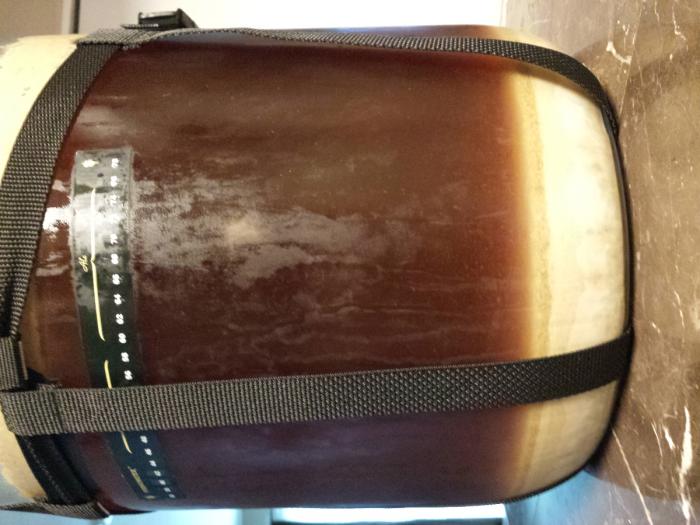i have read many threads on this and it seems that there really isn't a consensus out there as to whether or not it is needed to remove trub before going into the fermentor. i have seen studies that show that trub is beneficial to brewing and should not be removed -
http://www.asbcnet.org/journal/abstracts/backissues/40-12.htm
http://books.google.com/books?id=Qp...0CEMQ6AEwBA#v=onepage&q=Schisler trub&f=false
it would be far simpler to just leave it in. it would make it much easier to program trub loss into beersmith. it seems the real reason people like to remove it is it looks terrible?
http://www.asbcnet.org/journal/abstracts/backissues/40-12.htm
http://books.google.com/books?id=Qp...0CEMQ6AEwBA#v=onepage&q=Schisler trub&f=false
it would be far simpler to just leave it in. it would make it much easier to program trub loss into beersmith. it seems the real reason people like to remove it is it looks terrible?



